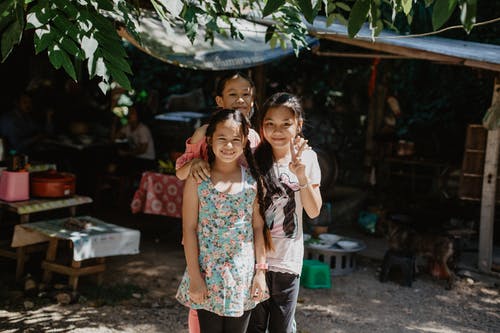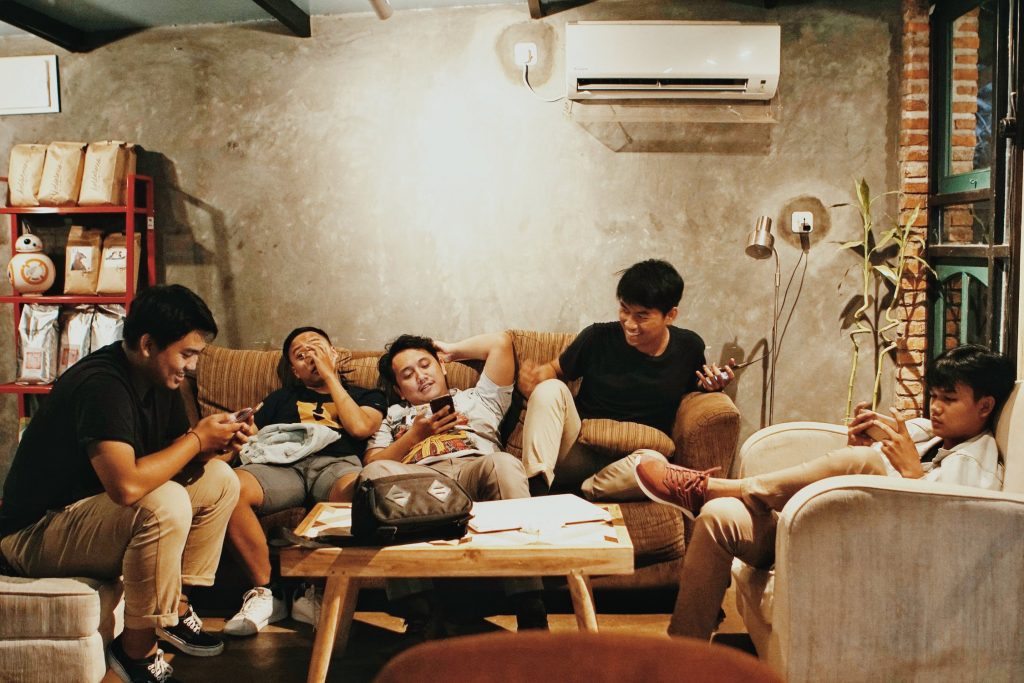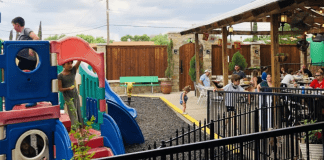
If you’ve been anywhere near social media the last few weeks, you’ve likely seen the hashtag #savethechildren trending. It seems to be the latest social justice movement picked up by celebrities, bloggers, and businesses alike to unify us on their platforms.
Let me first say this loud and clear—I LOVE that we are growing our awareness of child trafficking on social platforms. Awareness is the first domino that needs to fall if we are going to actually do something about this massive global problem.
BUT, if we are truly going to save the children, a social media post alone isn’t going to cut it.
Here’s the thing—have you ever stopped and really wondered why we need to create awareness for issues like these? When educational posts are executed correctly, awareness leads us to compassion.
Most of us need to have our hearts softened for the vulnerable. For many of us who live in suburban bubbles, we don’t really think about those outside of it. It’s easy to not have your heart break for the homeless if you never see them. We don’t have to worry about people living under downtown bridges or teens aging out of the foster care system or young boys trapped in forced labor in the Congo because we don’t expose ourselves to them.
So, awareness is a good start. We need to open our eyes. But that’s not what I want to talk about here. Search the hashtag on Twitter or Instagram, and you’ll find a whole slew of awareness posts that can accomplish that.
They’ve covered the what. What I want to address here is the SO WHAT NOW. Our compassion needs to lead us to ACTION if we truly want to help.
GET INVOLVED WITH FOSTER CARE OR AT-RISK YOUTH
We’ve all read those creepy stories online about the guy following around a young girl in Hobby Lobby, right? I’m not going to debate whether or not those viral stories are true or not, but it’s important to know that those types of encounters are very atypical for traffickers.
Most traffickers prey on two types of people: those who are desperate and those who have no support systems. For teenagers in foster care, this is a recipe for disaster, especially those who have come from backgrounds of abuse. And with many living in group homes with no mentors, they are a prime target to be coerced or tricked into these trafficking schemes.
Not all of us can adopt or foster children in our homes, but we CAN support those who do. Volunteer your time with an organization like CASA or Embrace. Mentor an at-risk youth through Big Brothers Big Sisters, your church, or your local high school. Even if we can’t open our homes, we can get involved and help those who do. More info here on being a CASA advocate.
RELENTLESSLY MONITOR YOUR CHILDREN’S MEDIA CONSUMPTION
I’ll be the first to admit that my children do not yet have their own devices, much to their chagrin. But what my kids do know now at five, seven, and nine, is that they must do two things to have screen time. First, ask permission, and second, no secrets. Establishing boundaries and trust with devices has to start young. My kids know that they have a few Mom-approved channels on YouTube. If they want to watch anything else, they must get permission, and I will be watching with them at first.
As they get older, we build from there. Texts and social media accounts have to be monitored. We will not allow our children to accept friend requests from people they don’t know in real life. Nor will they be allowed to share anything personal online.
It sounds like an invasion of privacy, and it is. But at the end of the day, our kids don’t need privacy. They need protection. If you need more tips and guidance in this specific area for your own family, check out one of my favorite resources here.
RETHINK WHERE YOU SPEND YOUR DOLLAR
Last spring, I traveled to the Dominican Republic and had the opportunity to spend time in the International Justice Mission field office on that trip. As I listened to the leaders there describe their process of investigating, rescuing, and rehabilitating trafficking victims, one thing they said really stuck with me: traffickers are in it for the money. That’s it. When it’s no longer profitable, they’ll find something else to do.
So what does that mean for us? We need to stop buying $4 t-shirts. Think about that cost for a second. Of those $4, some went to the supplier. Some went to the retailer. And if that’s the price they asked you to pay, they made a profit.
How much do we think the maker made? It is 100% impossible that the person who made that shirt was paid a fair wage, if they were paid anything at all. Fast fashion is a major contributor to both adult and child trafficking, and it’s happening everywhere—even right here on American soil.
If we quit demanding the sweatshop pieces, they’ll stop trafficking people to make them.
To read more about how you can make more socially-conscious fashion choices, check out my article here.
And if you want to take your dollar even further, organize a fundraiser for an anti-trafficking organization like A21, IJM, or Unicef.
Child trafficking is a big deal, but we can take steps to actually save our children far beyond a hashtag, friends. Tell me in the comments what steps you are going to take with your own family! I’d love to hear!

















I’m working on building a more sustainable wardrobe- no more cheap pieces. It’s a slow process, but shouldn’t need to be repeated often.